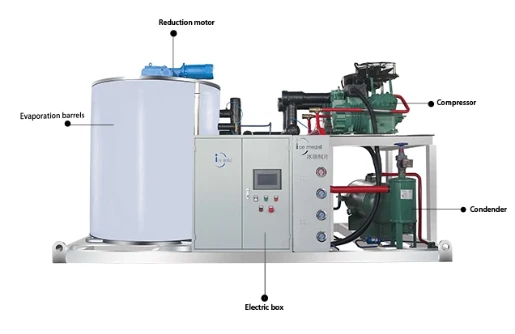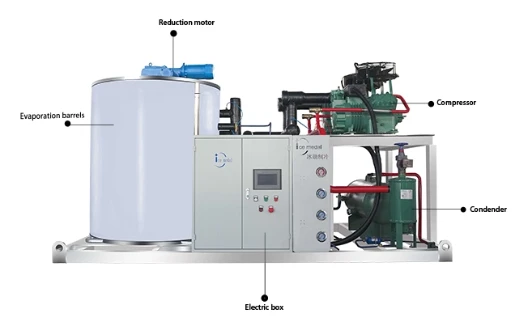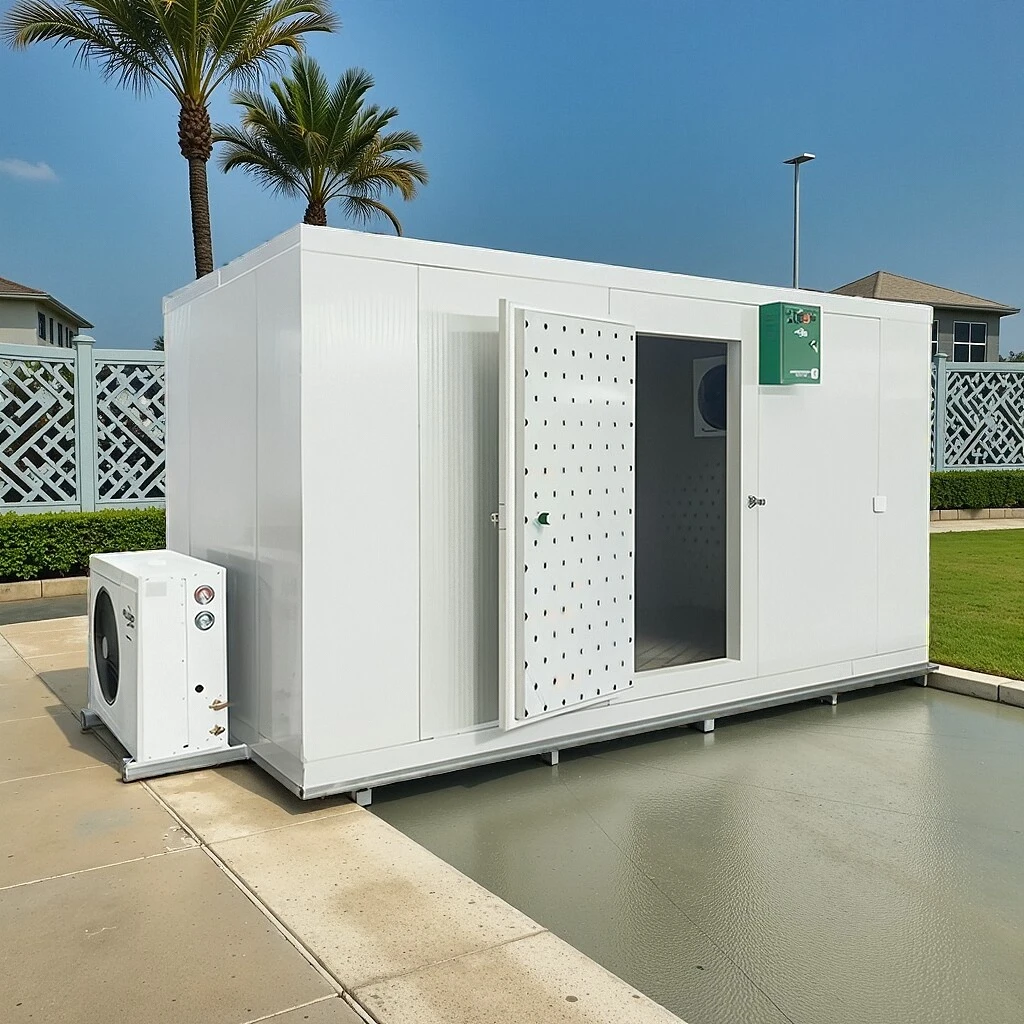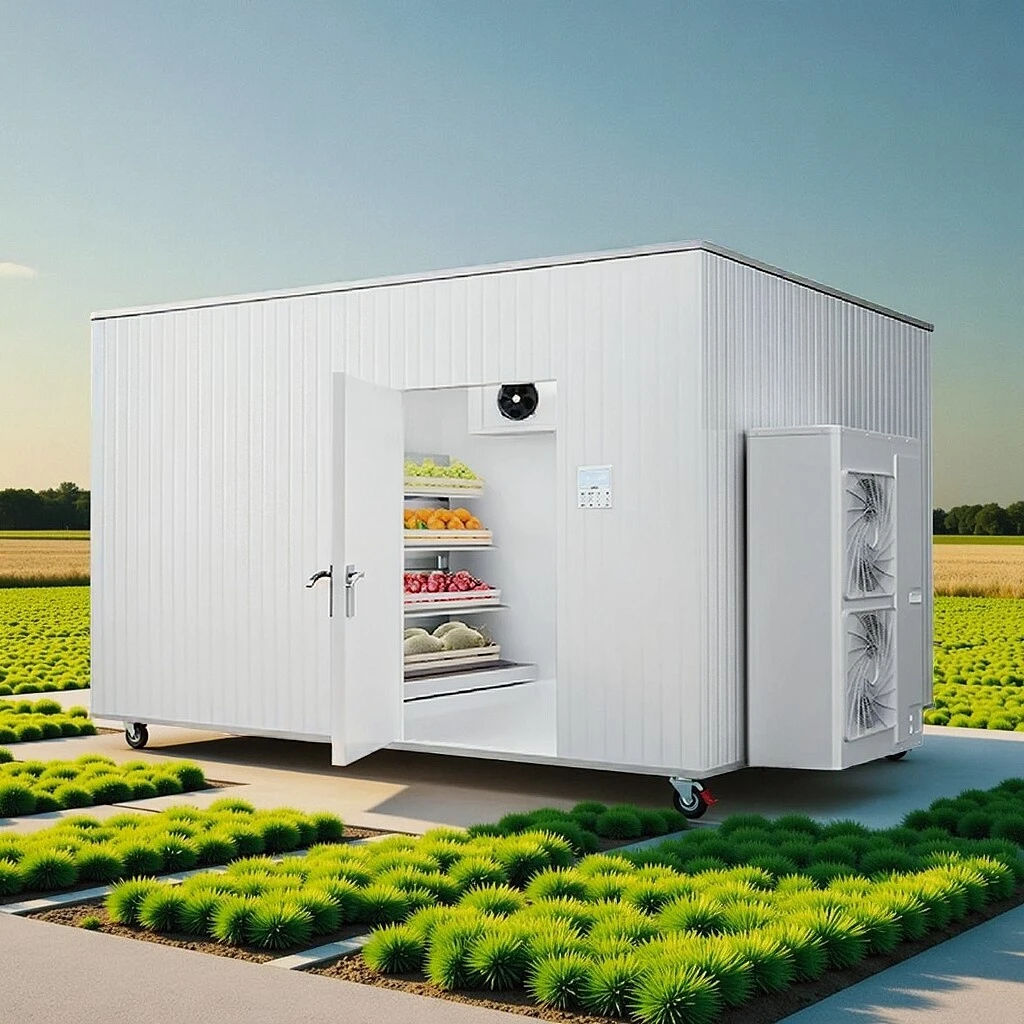Essential Components for Cold Room Construction and Maintenance in China
Understanding China’s Cold Room Parts Industry
China has emerged as a powerhouse in the global manufacturing landscape, and one of its vital sectors is the production of cold room parts. Cold rooms, essential for preserving perishable goods, are widely used in the food processing, pharmaceuticals, and logistics industries. As the demand for effective temperature-controlled storage solutions increases, understanding the dynamics of China’s cold room parts industry becomes crucial for stakeholders worldwide.
The Growing Demand for Cold Storage Solutions
The rise in consumer goods requiring refrigeration, alongside the burgeoning e-commerce sector, has significantly increased the demand for efficient cold storage solutions. The global push for food safety, combined with the need to reduce waste, propels various sectors, including supermarkets, restaurants, and food processors, to invest in advanced cold storage facilities. To meet these demands, businesses require high-quality cold room components, from insulated panels to refrigeration systems.
Key Components of Cold Rooms
The primary components of cold rooms include insulated panels, refrigeration units, and climate control systems
.1. Insulated Panels These panels are crucial for maintaining the desired internal temperatures while minimizing energy loss. The manufacturing of insulated panels in China has seen advancements in technology and materials. Often made from polyurethane or polystyrene foam, these panels are designed for durability and thermal efficiency.
2. Refrigeration Units These units are at the heart of any cold storage solution. China has developed a diverse range of refrigeration technologies, including central systems, individual units, and eco-friendly refrigerants. The trend towards energy-efficient refrigeration systems is gaining traction, driven by both regulatory pressures and environmental concerns.
china cold room parts
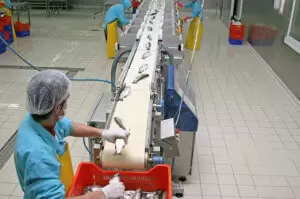
3. Climate Control Systems To ensure optimal storage conditions, advanced climate control systems are becoming integral to cold rooms. These systems monitor temperature and humidity, making adjustments as necessary. In China, manufacturers are integrating IoT technology into these systems, allowing for real-time monitoring and data analysis, thus optimizing operational efficiency.
The Competitive Landscape
China’s cold room parts market is characterized by a competitive landscape with numerous manufacturers, ranging from small enterprises to large corporations. Many companies focus on research and development to improve product quality and innovate new solutions. As a result, China not only supplies to local markets but also exports cold room parts globally. The country’s strategic position, robust supply chain, and manufacturing capabilities make it a preferred source for many international businesses.
Challenges Facing the Industry
Despite its growth, the cold room parts industry in China faces several challenges. Environmental regulations are becoming stricter, prompting manufacturers to improve their production processes and focus on sustainability. Additionally, the rapid pace of technological advancement requires companies to continually invest in R&D to stay competitive. Supply chain disruptions, as highlighted by the recent global crises, have also affected production timelines and costs.
Future Prospects
Looking ahead, the future of China’s cold room parts industry appears promising. With continuous urbanization, rising incomes, and an expanding logistics network, the need for cold storage is expected to rise. Furthermore, innovations in materials and technology will likely enhance the capabilities of cold storage solutions, making them more efficient and environmentally friendly.
In conclusion, as a significant player in the global cold room parts industry, China is poised for continued growth and innovation. By addressing challenges head-on and focusing on quality and sustainability, the country will maintain its pivotal role in supplying the world with essential cold storage solutions. Stakeholders in this sector should keep a close eye on developments in this dynamic market to capitalize on the opportunities that lie ahead.



